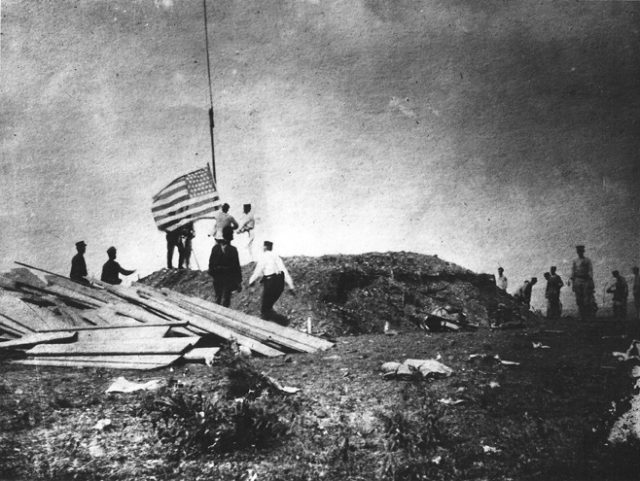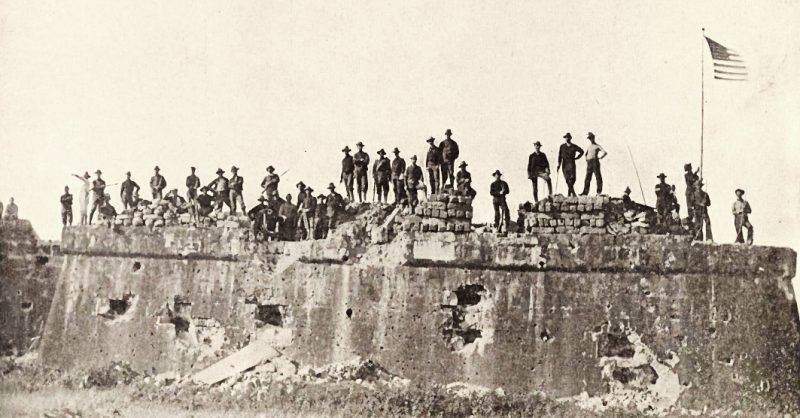This article pertains to the little-known Spanish-American war of 1898. While many may believe that the Allied victory in World War II was the defining moment which established America as a superpower, it can arguably be attributed to the Spanish-American war.
The war, which officially began with a declaration of war from Spain on the 23rd April, was a major blow to Spain as a global power. In turn, it set the stage for the US to become a superpower in its own right and rebalanced the global geopolitical landscape forever.
This is a classic tale of an emerging power coming to clash with an established one, and there are many reasons why competition between the two nations developed into full blown conflict.
Over the long term, Spain had found its influence in the New World waning whereas US citizenry had sought to increase its access to markets and resources found there. In the short term, a key flashpoint leading to the conflict was the sinking of the USS battleship Maine, which the US blamed on Spanish aggression.
The sinking of an American vessel provided the motive for a US declaration backing Cuban rebels followed by a naval blockade of the island, provoking a declaration of war from Spain.

The ensuing war was fought only partially in Cuba. Spain had only a relatively unskilled garrison force situated in Cuba, and was soon overrun by US forces. Also in the Caribbean theater of war, US forces attacked the Spanish at their colony in Puerto Rico.
The bulk of the fighting took place in the Pacific theater, focusing on battles fought to seize control of the Philippines from Spain, however, the US sent troops to capture the island of Guam too, The National Interest reported.
The conflict officially came to an end when the Treaty of Paris was signed by both sides on December 10th 1898. The peace agreement, which was very favorable for the United States, gave possession of Guam, Puerto Rico, and the Philippines to the Americans.
America also took Cuba as a protectorate, and retained a strong influence over the nation, until the Cuban revolution of the 20th century. Thus America took a position as a superpower on the global stage, setting the scene for the bloody events which would follow in the 20th century.
